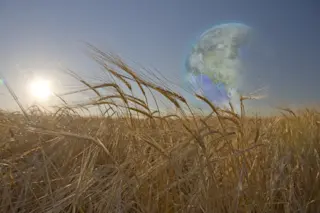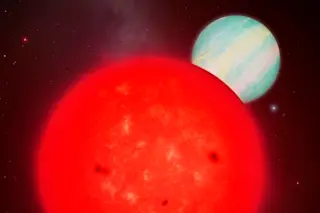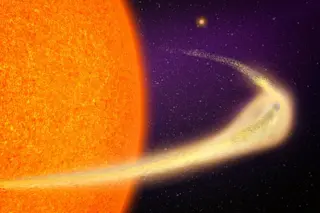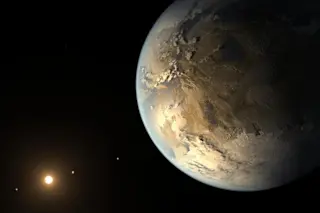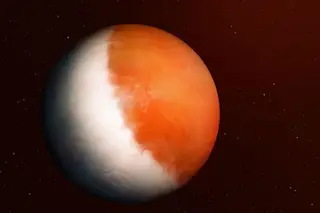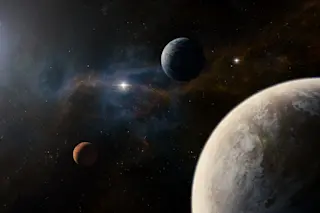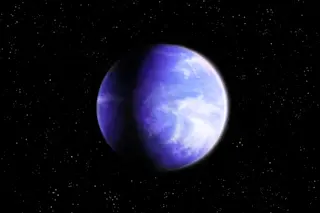One of the key developments separating modern civilization from the hunter gatherer societies of the past is the invention of farming, which took place about 10,000 years ago. This began with the cultivation of wild plants and the domestication of various animals for dairy products and meat.
The big advantage of farming is that it sustains a much larger population than hunting and gathering. This led to the emergence of cities, the sharing of natural resources and of ideas and innovations.
It has also had a big impact on the Earth itself. The effects of farming are visible in the grid-like arrangement of fields, in the way light is reflected from photosynthetic plants and in the chemicals it releases into the atmosphere, particularly by industrial-scale agriculture.
Now a group of astronomers and astrobiologists say this atmospheric signature must be clearly visible from space and that a similar signal could also ...


